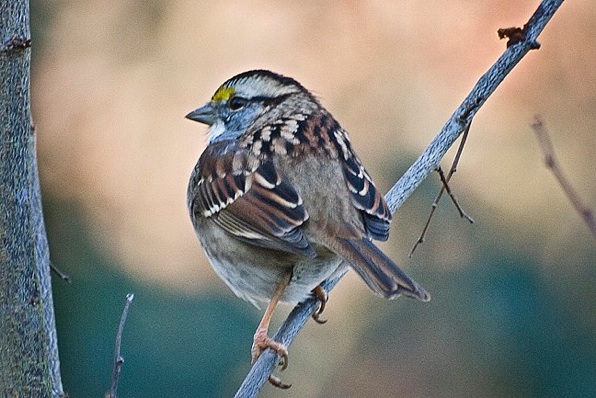A practical guide to bird watching in Sonoma County, California
(Unless otherwise indicated, all phone numbers are in the 707 area code)
A practical guide to bird watching in Sonoma County, California
(Unless otherwise indicated, all phone numbers are in the 707 area code)


In the context of Sonoma County, passerines include locally occurring members of the following groups:
Tyrant flycatchers
Shrikes
Vireos
Corvids (crows, ravens, jays, and magpies)
Larks (Horned Lark being our only normally occurring representative)
Swallows and martins
Chickadees and titmice
Bushtits (Bushtit being our only normally occurring representative)
Nuthatches and creepers
Wrens and dippers
Kinglets
Sylvid warblers (Wrentit being our only normally occurring representative)
Gnatcatchers (Blue-gray Gnatcatcher being our only normally occurring representative)
Thrushes
Mockingbirds and thrashers
Starlings (the introduced European Starling being our only normally occurring representative)
Wagtails and pipits (American Pipit being our only normally occurring representative)
Waxwings (Cedar Waxwing being our only normally occurring representative)
Silky flycatchers (Phainopepla--a rare bird in Sonoma County--our only representative)
Wood warblers
Emberizidae (towhees, sparrows, and juncos)
Cardinalidae (Piranga tanagers, grosbeaks, and buntings)
Icteridae (meadowlarks, blackbirds, cowbirds, grackles, and orioles)
Fringillidae (Evening Grosbeak and our locally occurring finches)
What is a passerine?

There are a number of ways to answer that question--not all of them immediately helpful. The simplest answer is to say that a passerine is any bird of the order Passeriformes (but that immediately raises a new question--what characterizes birds placed in that order?) Other answers might include: Passerines are songbirds, or passerines are perching birds. A cumbersome but more practical answer for the bird watcher might involve listing all birds that are passerines, but, most birds on the planet are passerines (around 6,000 species--roughly 60% of living world bird species--according to Colin Tudge in The Bird: A Natural History of Who Birds Are, Where They Came From, and How They Live). To make such a list for Sonoma County would be an easier task (in fact, the Passerines page on this website does precisely that). Simply listing birds, however, leaves the curious mind the task of guessing what unites these apparently divergent species, and it is not an especially efficient way to answer the question we started with: What is a passerine?


The name "passerine" comes from the Latin passer, which means "sparrow." The bird pictured at the top of this page is Passer domesticus, the common House Sparrow, introduced from Europe. Passerines are sometimes equated with songbirds because the Passeri, the largest suborder of the Passeriformae, are notably good songsters, having better-developed muscles to control the syrinx (the bird equivalent of our larynx) than any other group of birds. The Passeri are also referred to as oscines (from Latin oscen, meaning "songbird").
The birds that seem most like they ought to be passerines that aren't passerines may be our locally occurring hummingbirds, woodpeckers, kingfishers, and, especially, pigeons and doves.
*According to Tudge (quoting 1982 research by Robert J. Raikow), passerines share as many as 18 distinctive characteristics, of which five are unique to the group: See The Bird: A Natural History of Who Birds Are, Where They Came From, and How They Live (Crown, 2008), p. 171ff.
© Colin Talcroft, 2009, 2010, 2011, 2012, 2013
Unless noted, all photos by the author. If you would like to use one of my images, please ask for permission for non-commercial use with proper credit or commercial use with proper compensation.
California Towhee (Melozone crissalis), a common Sonoma County passerine.
Note the three forward-pointing toes
The passerine foot from behind: One toe. Bewick's Wren (Thyromanes bewickii)


The passerine foot from behind: One toe. White-throated Sparrow (Zonotrichia albicollis)
